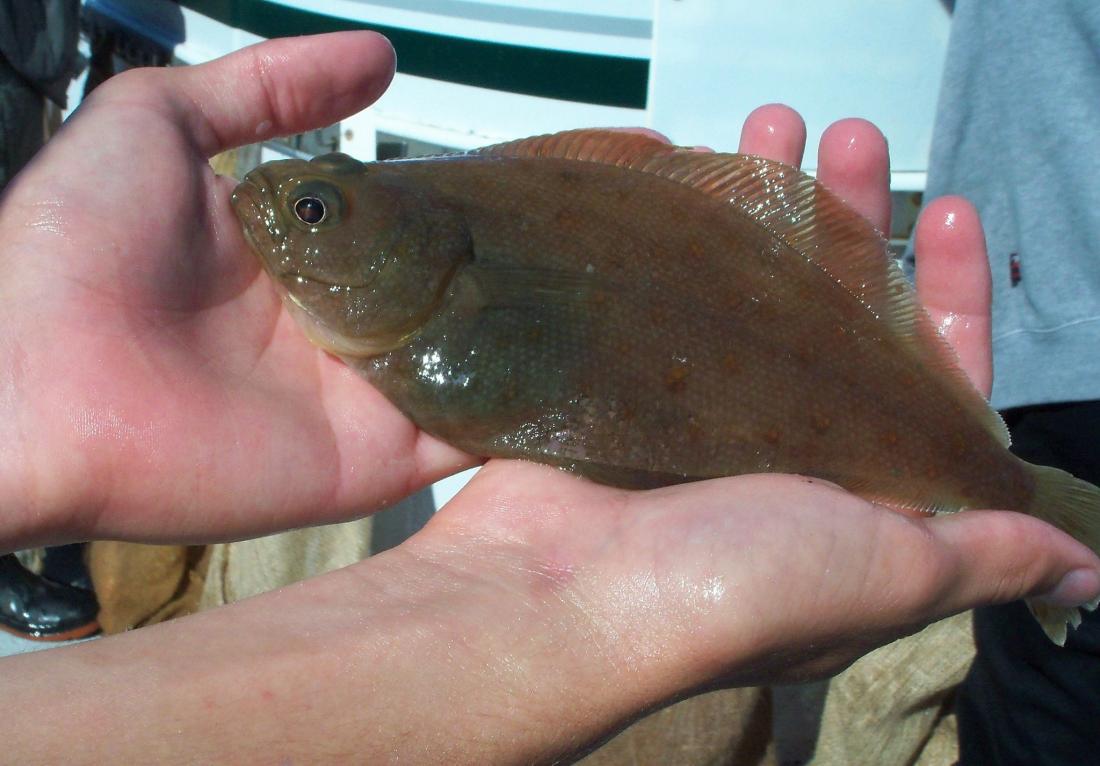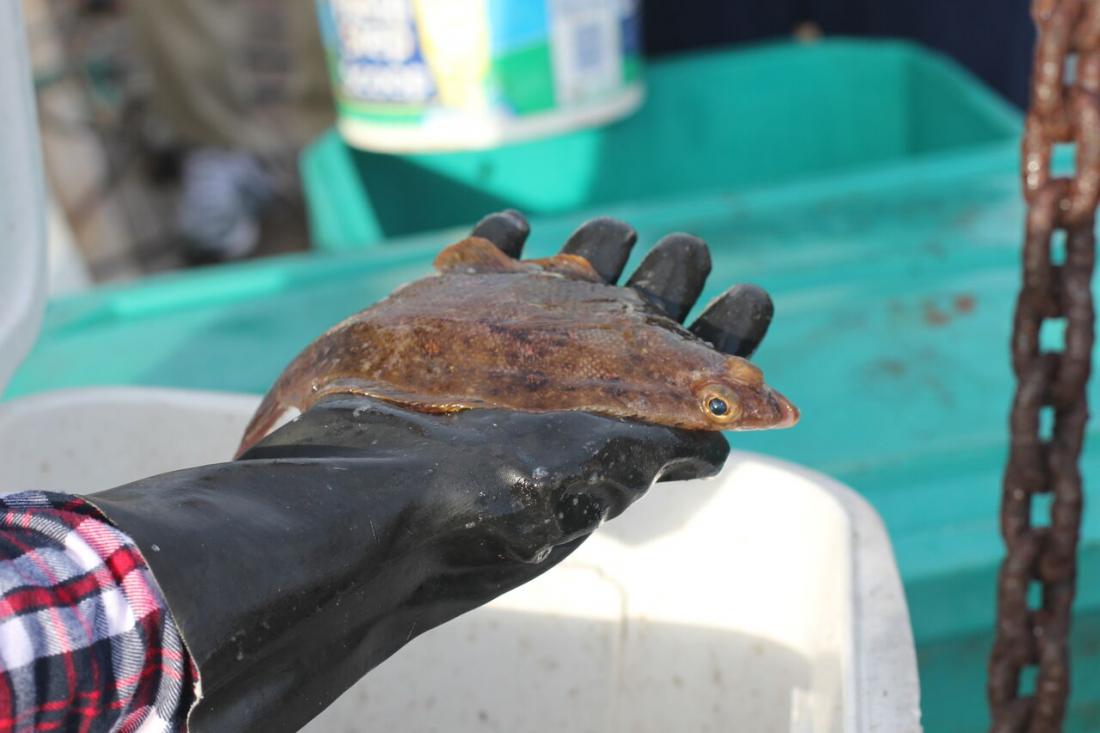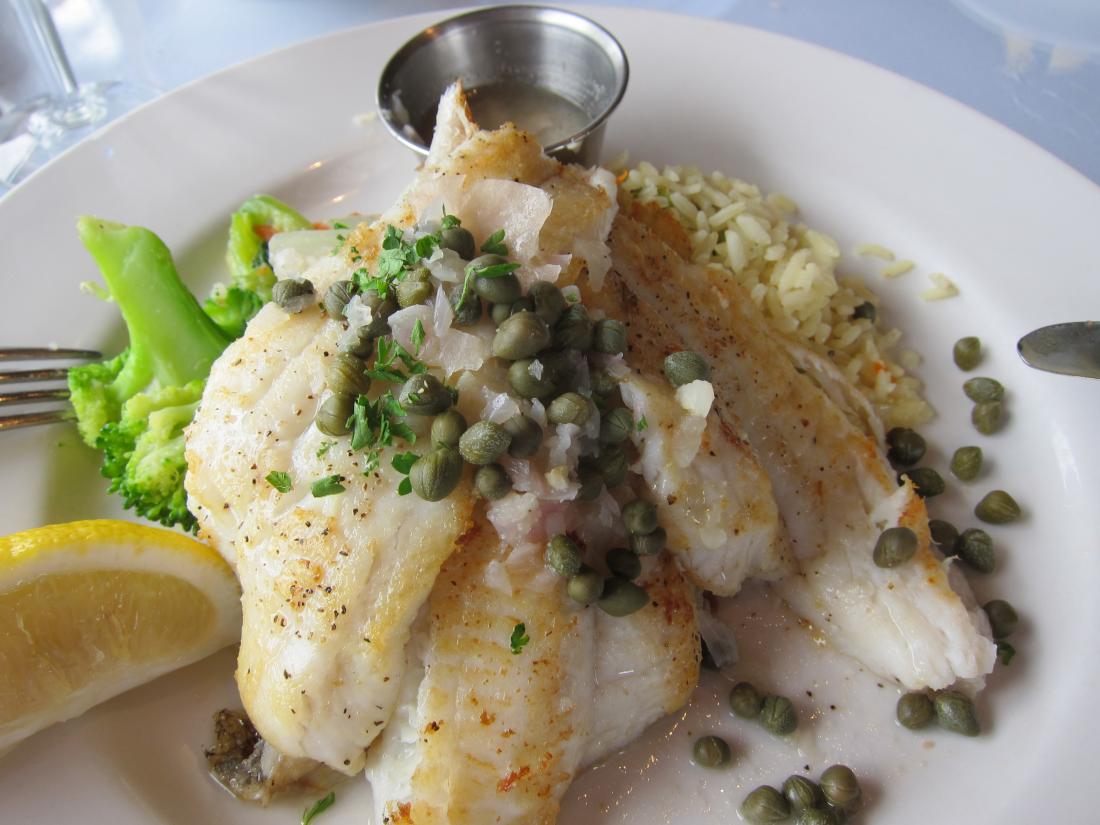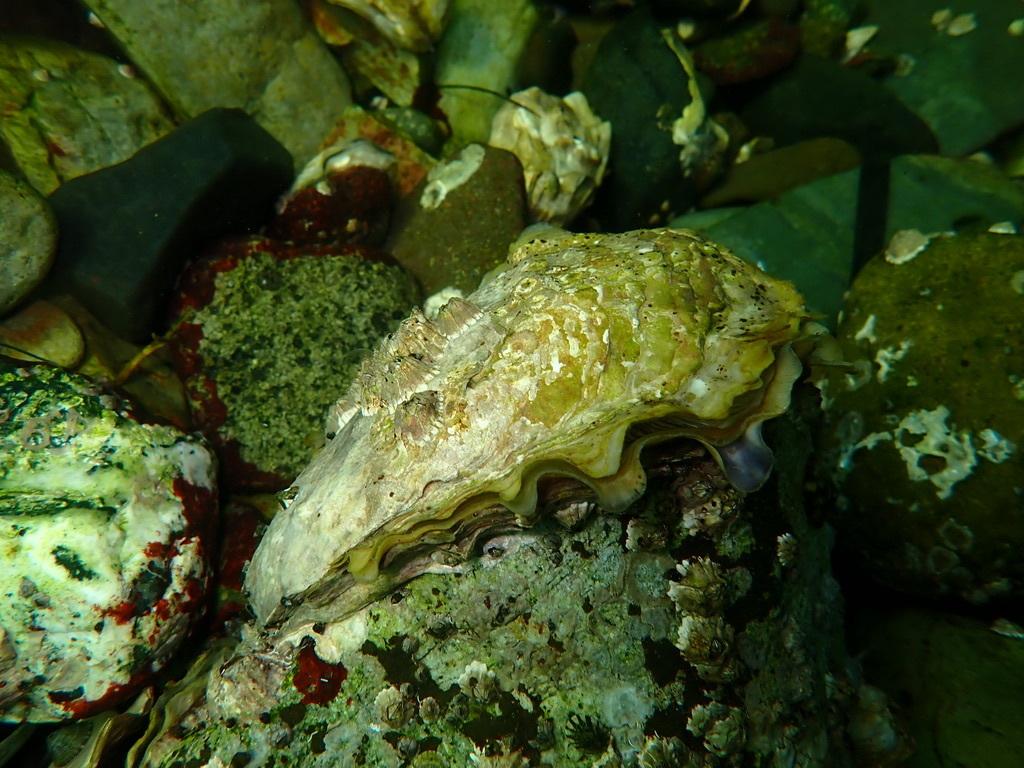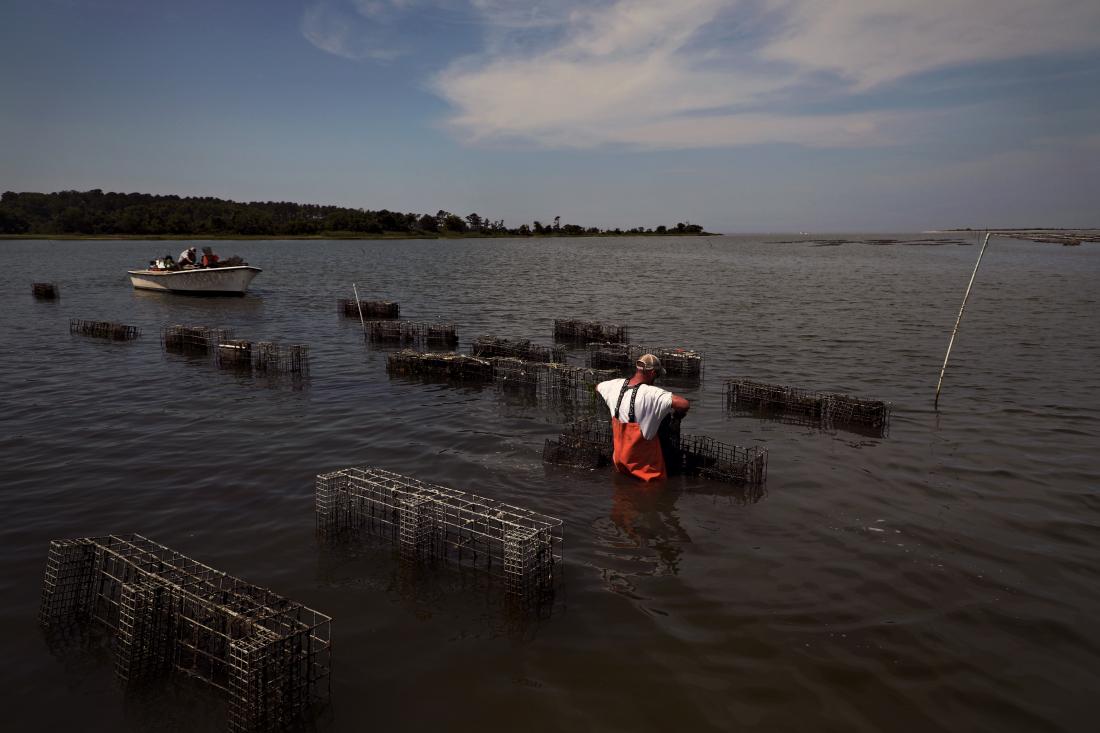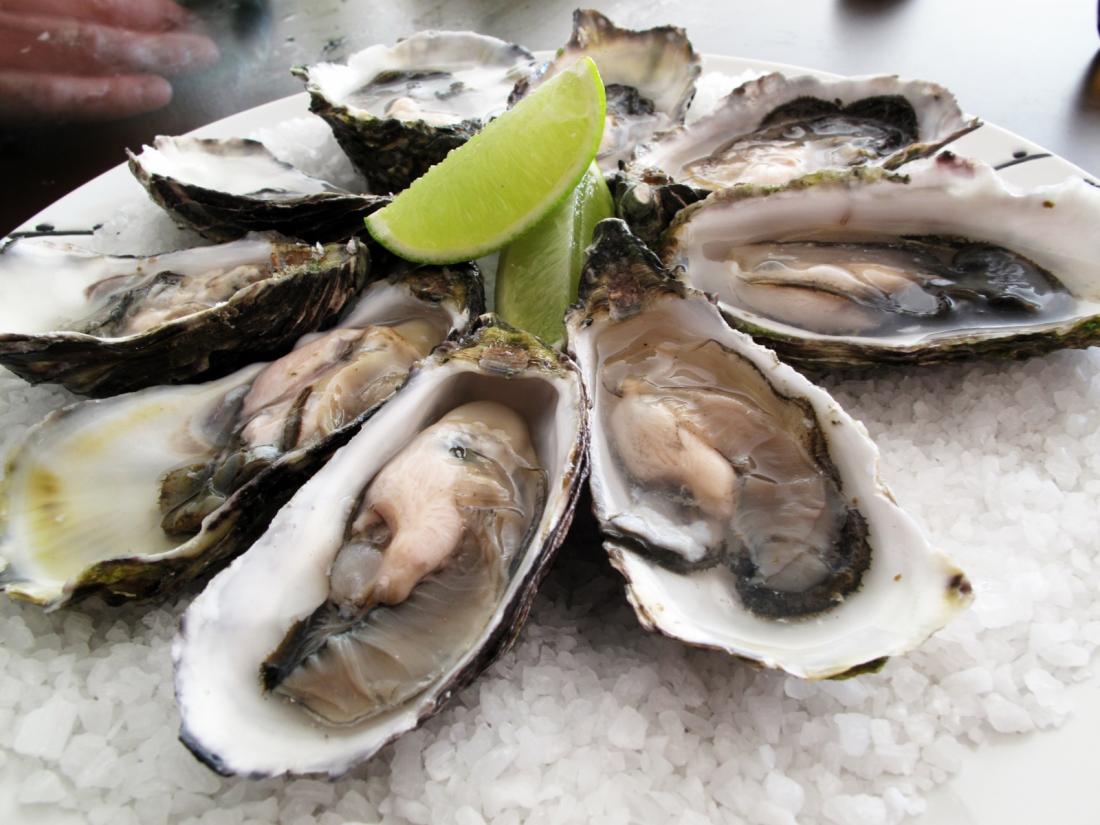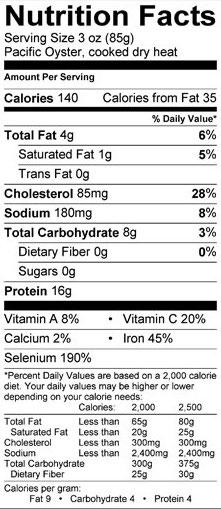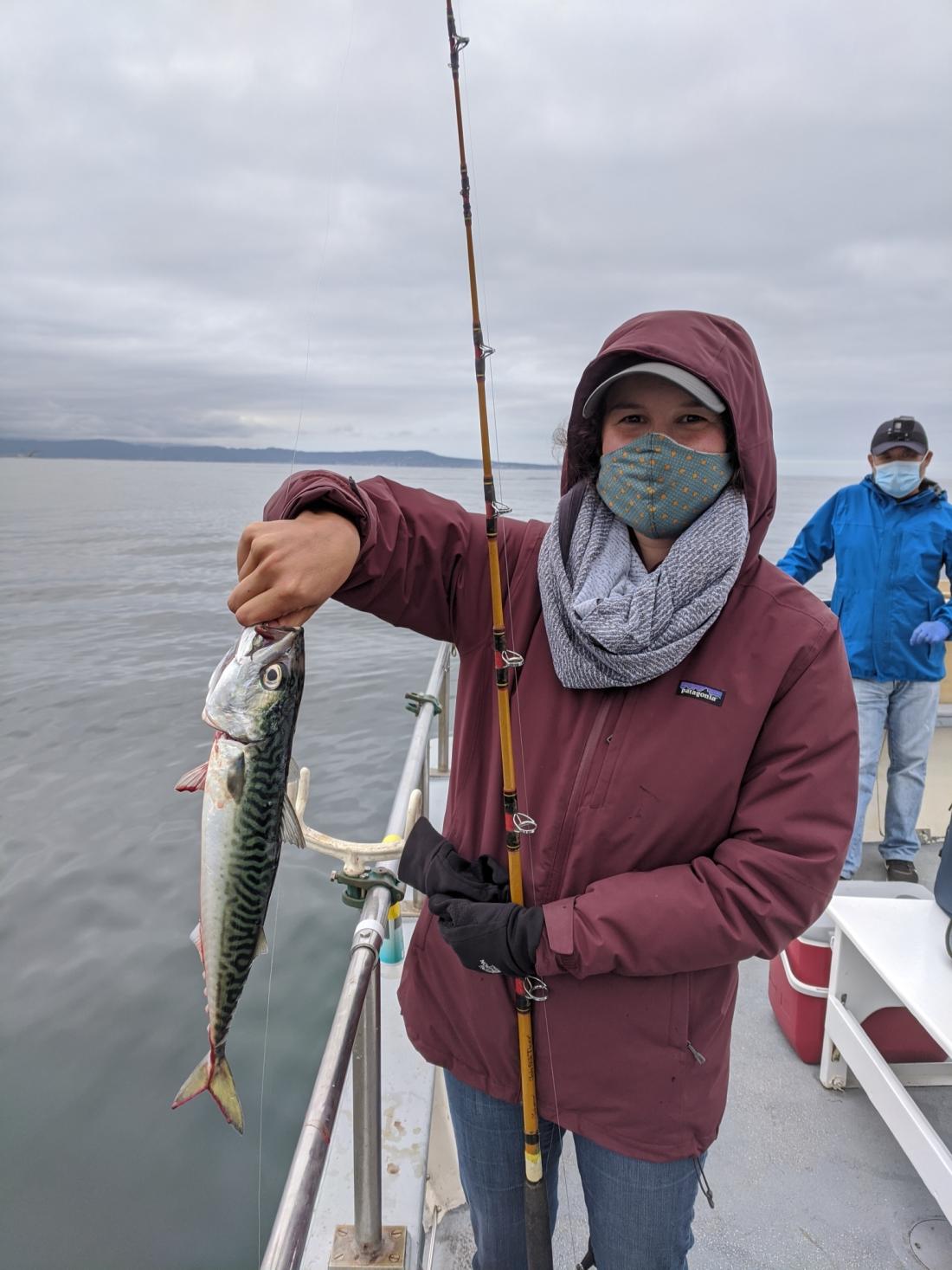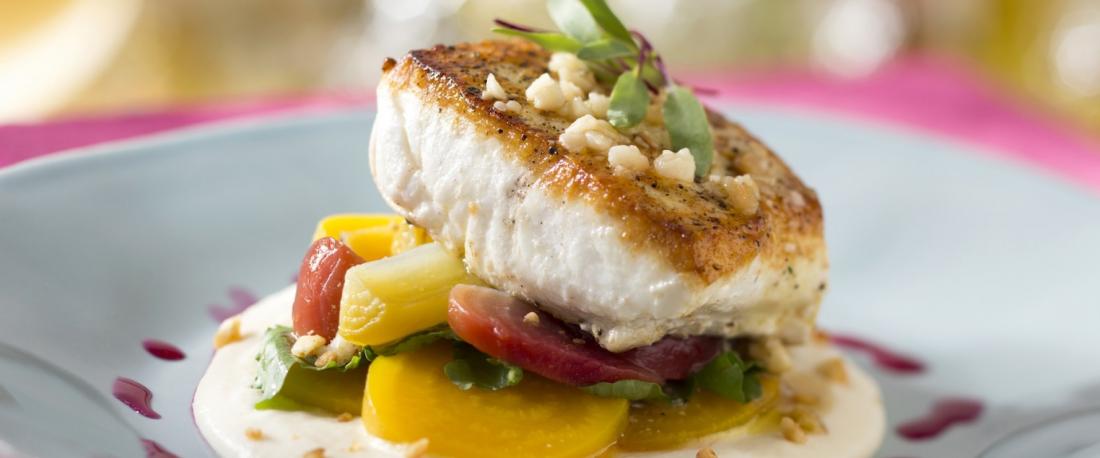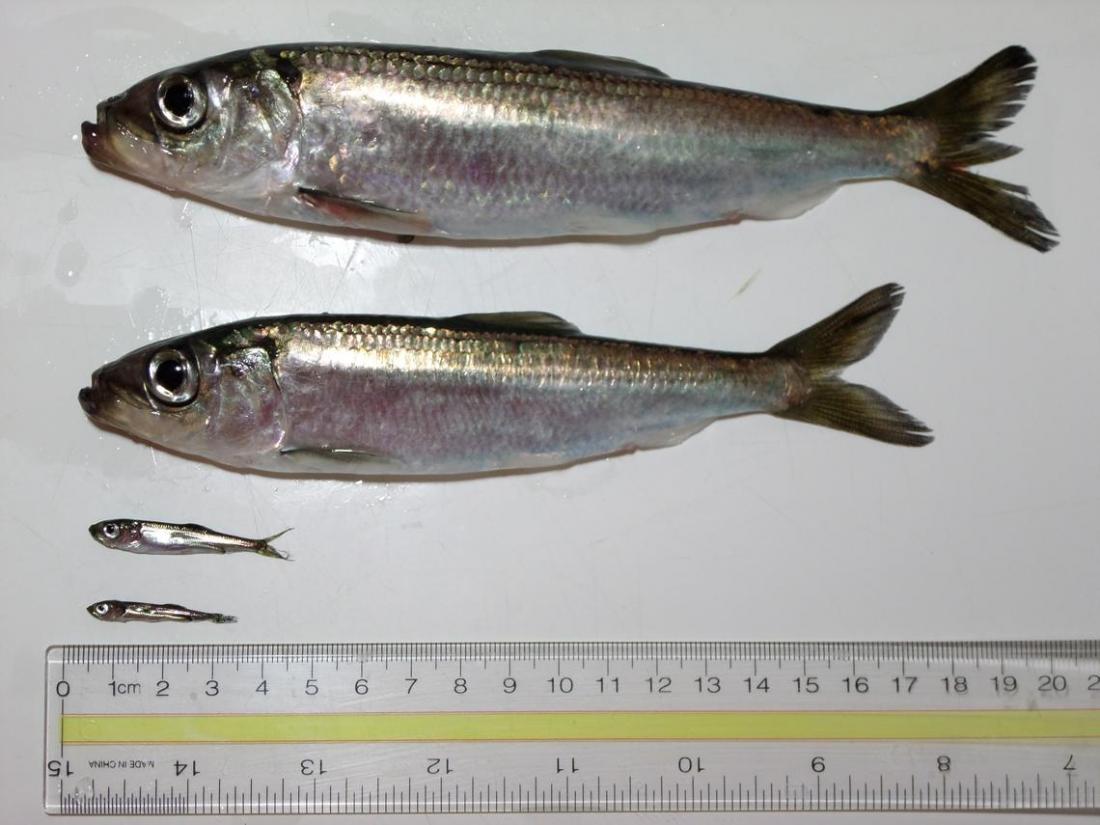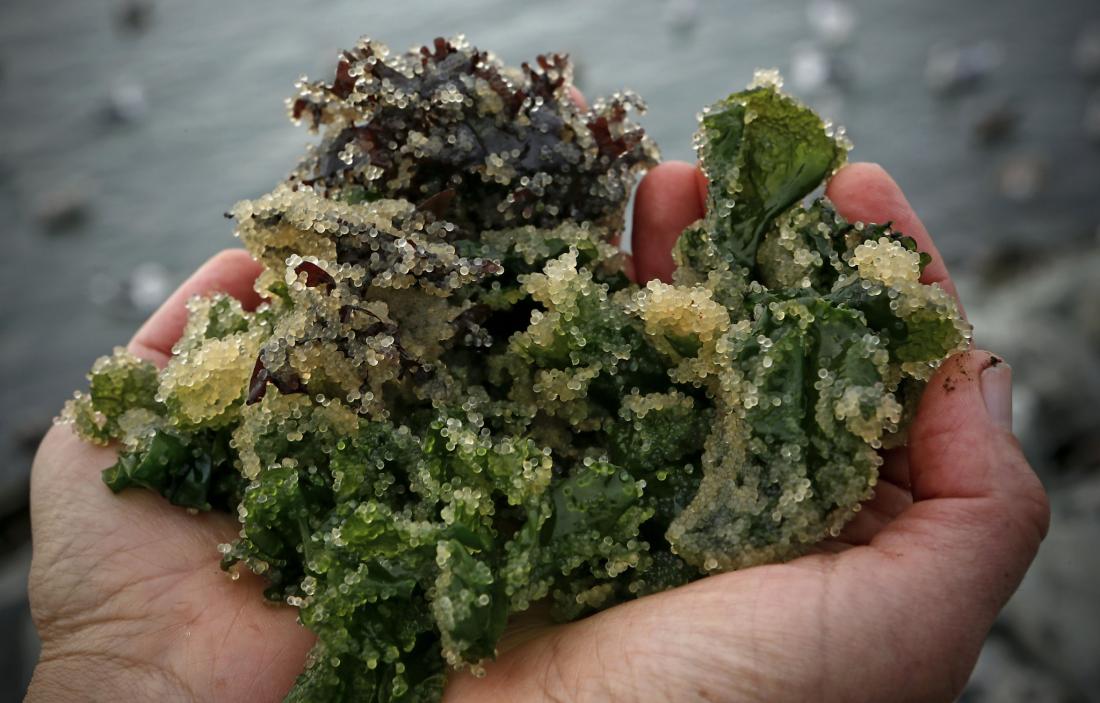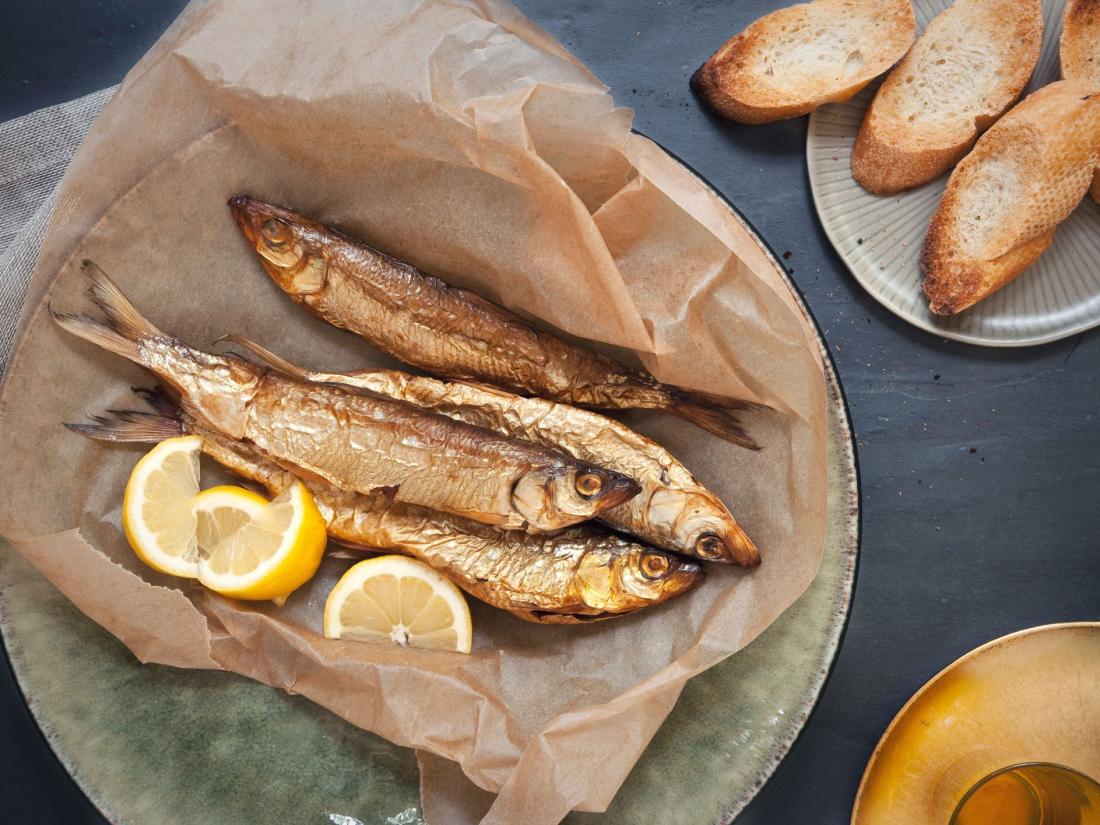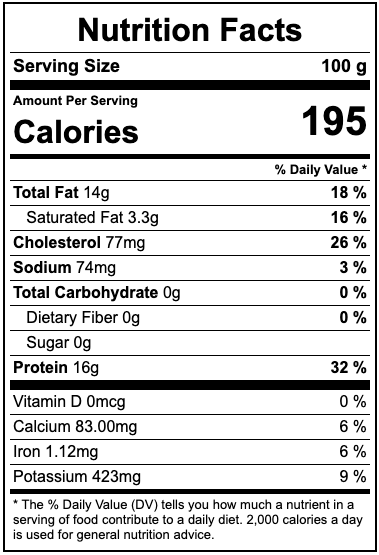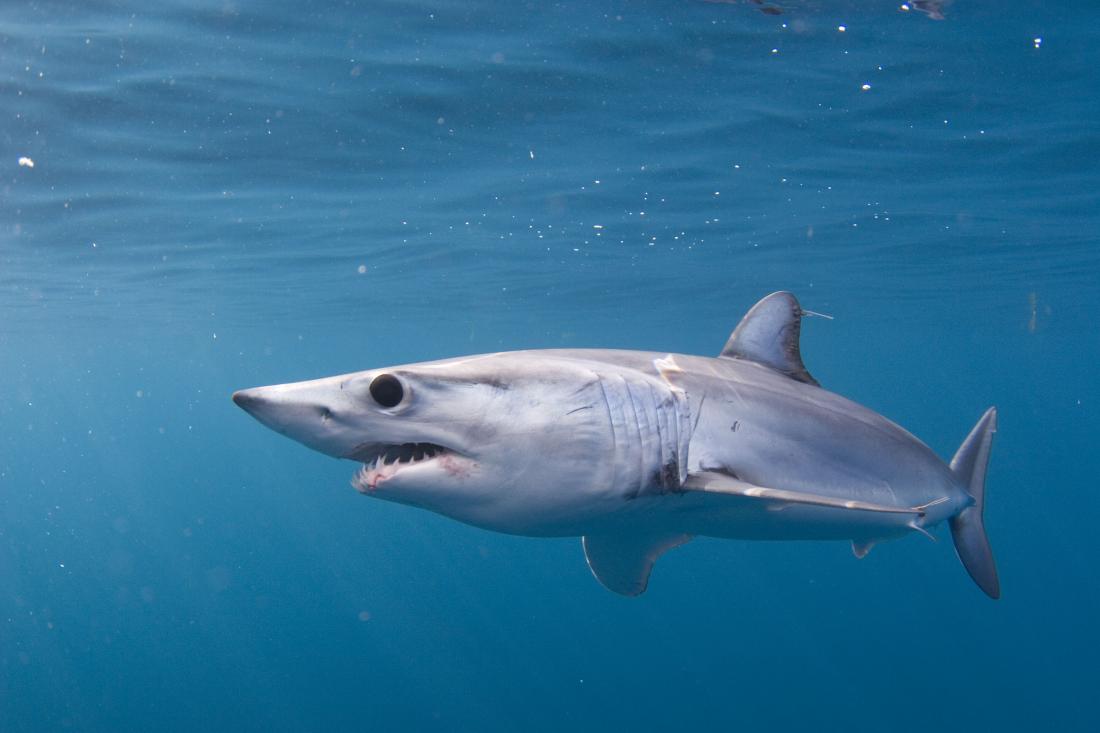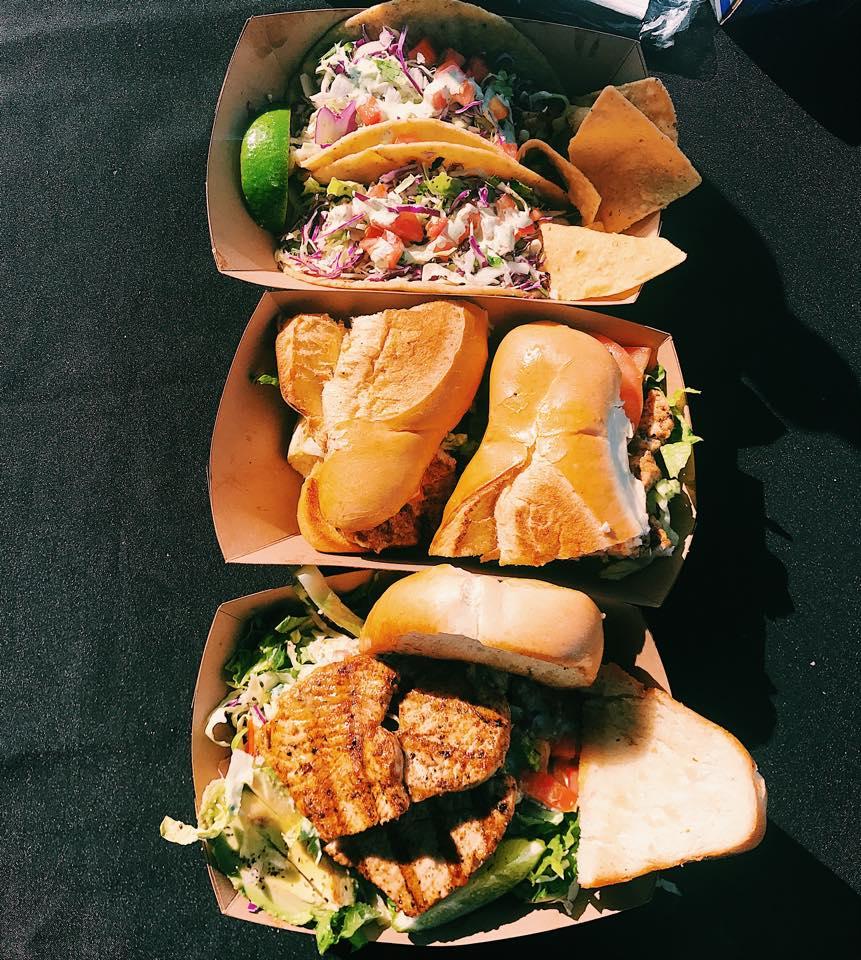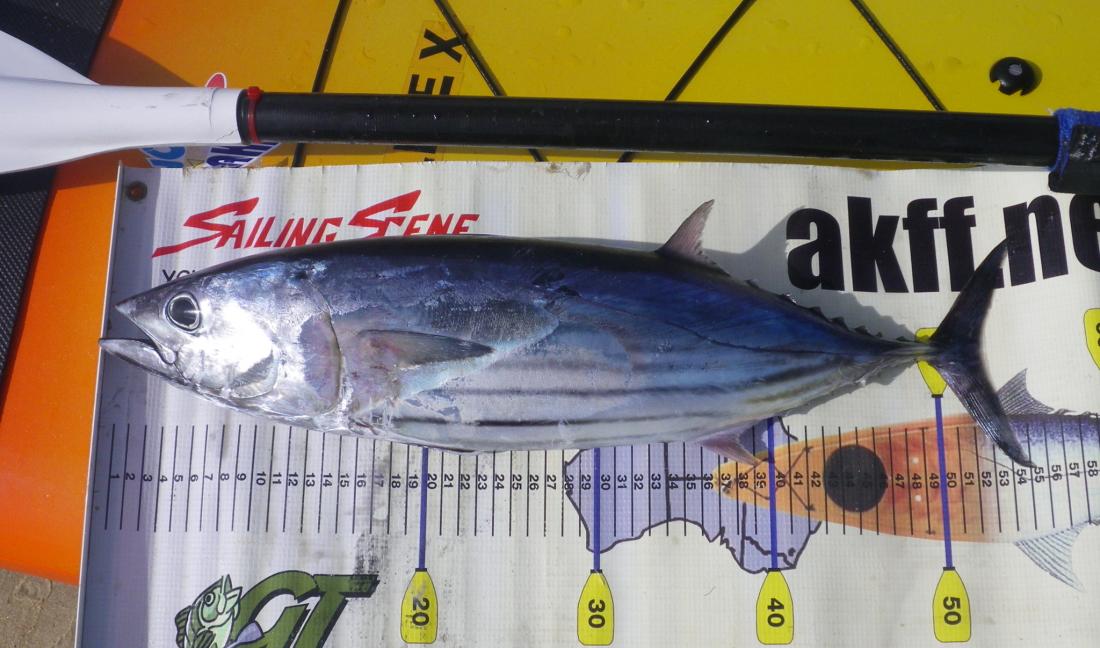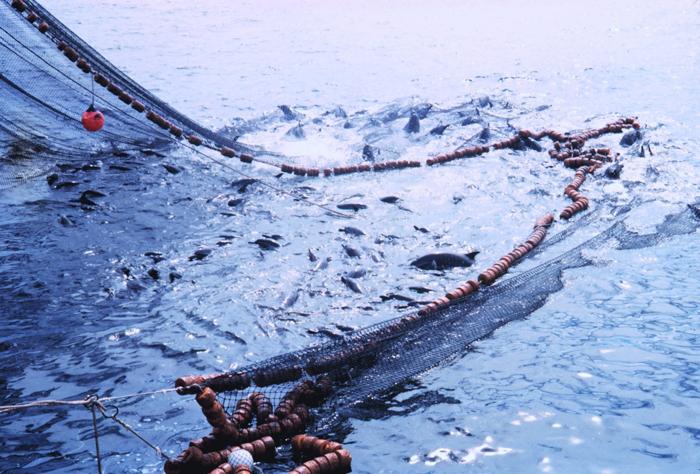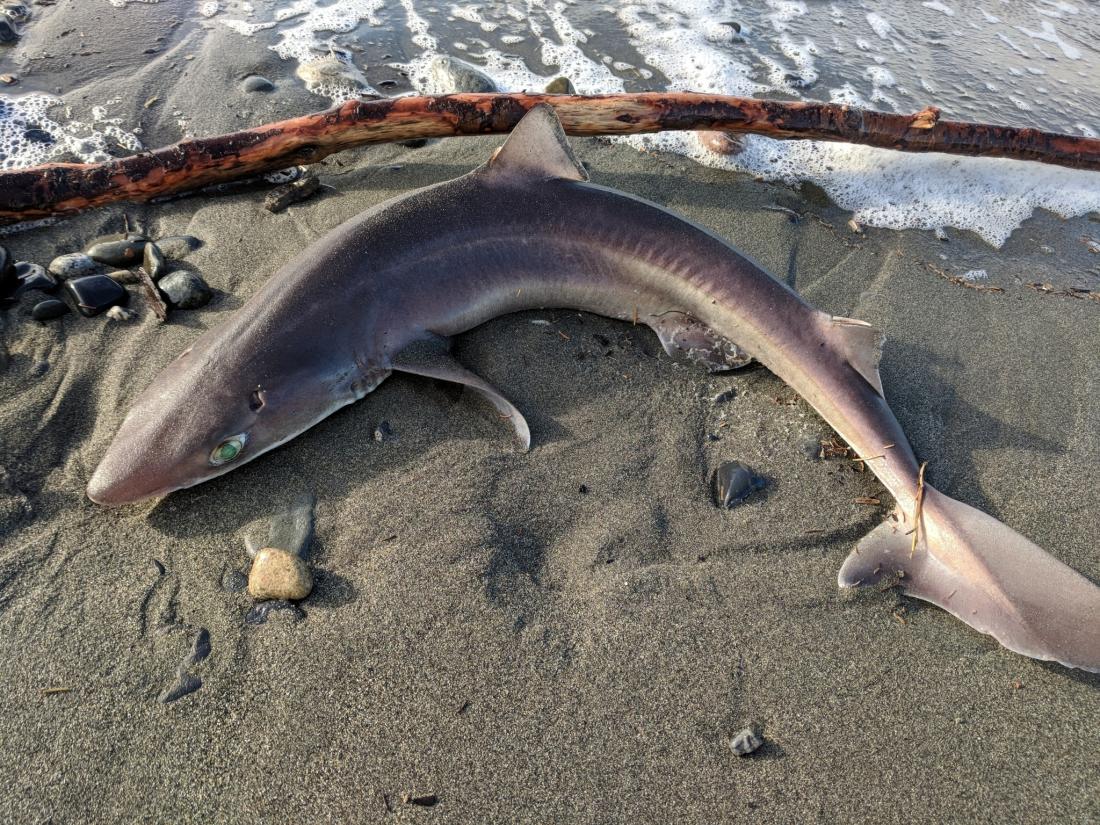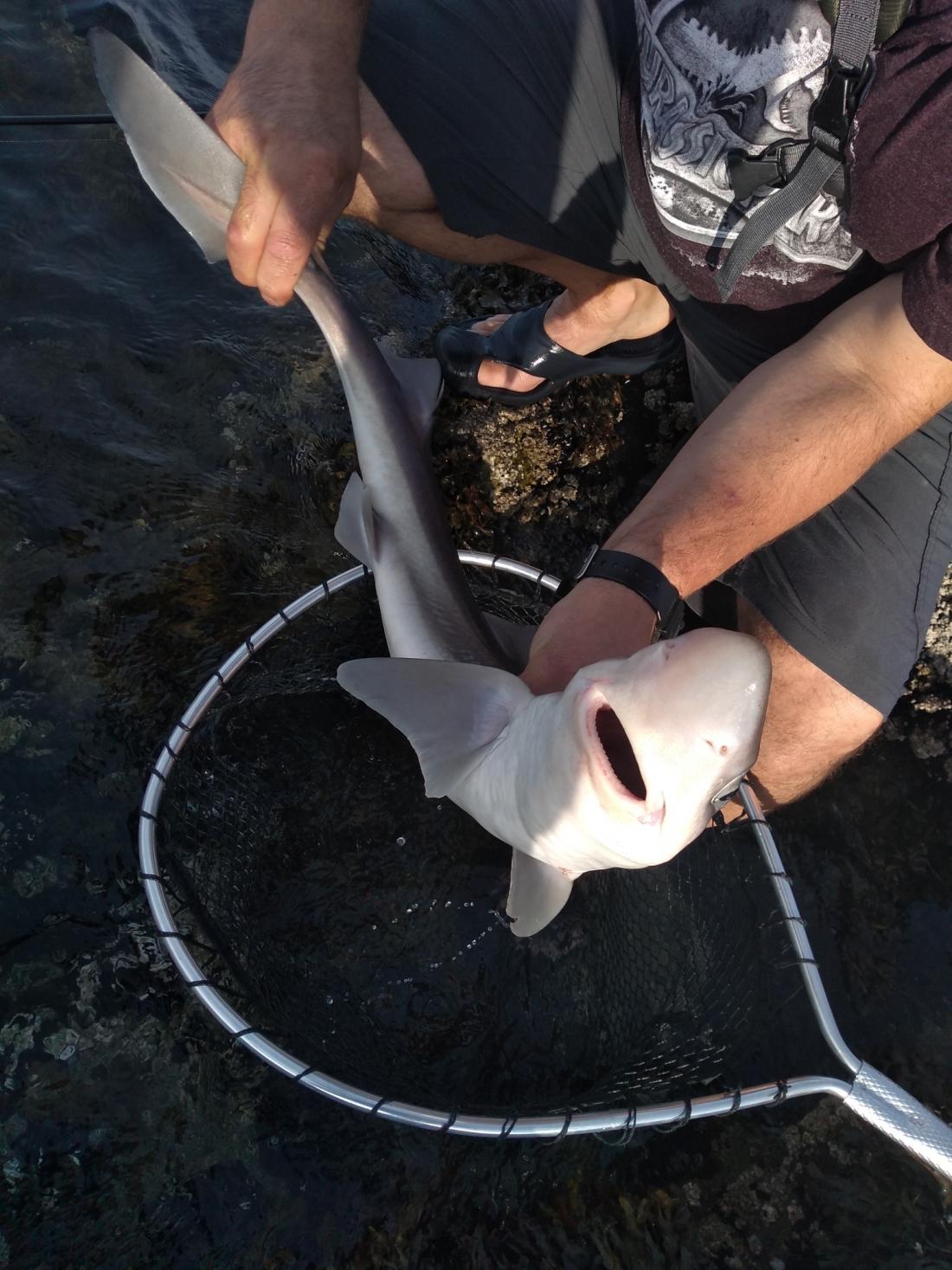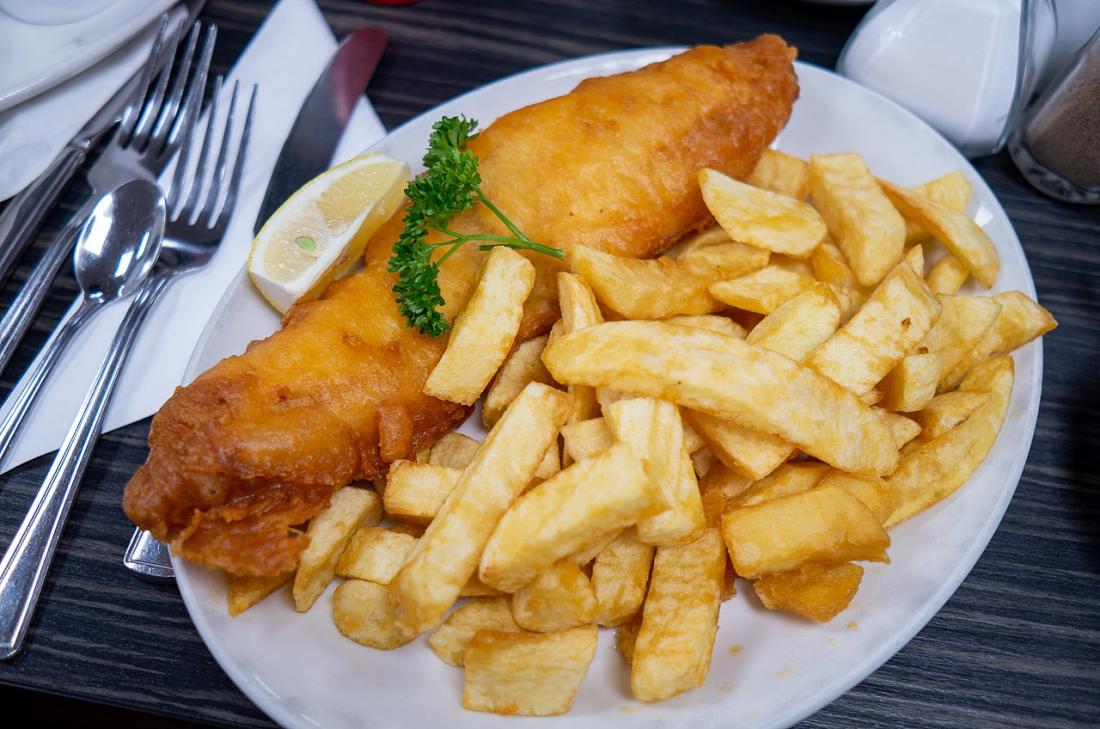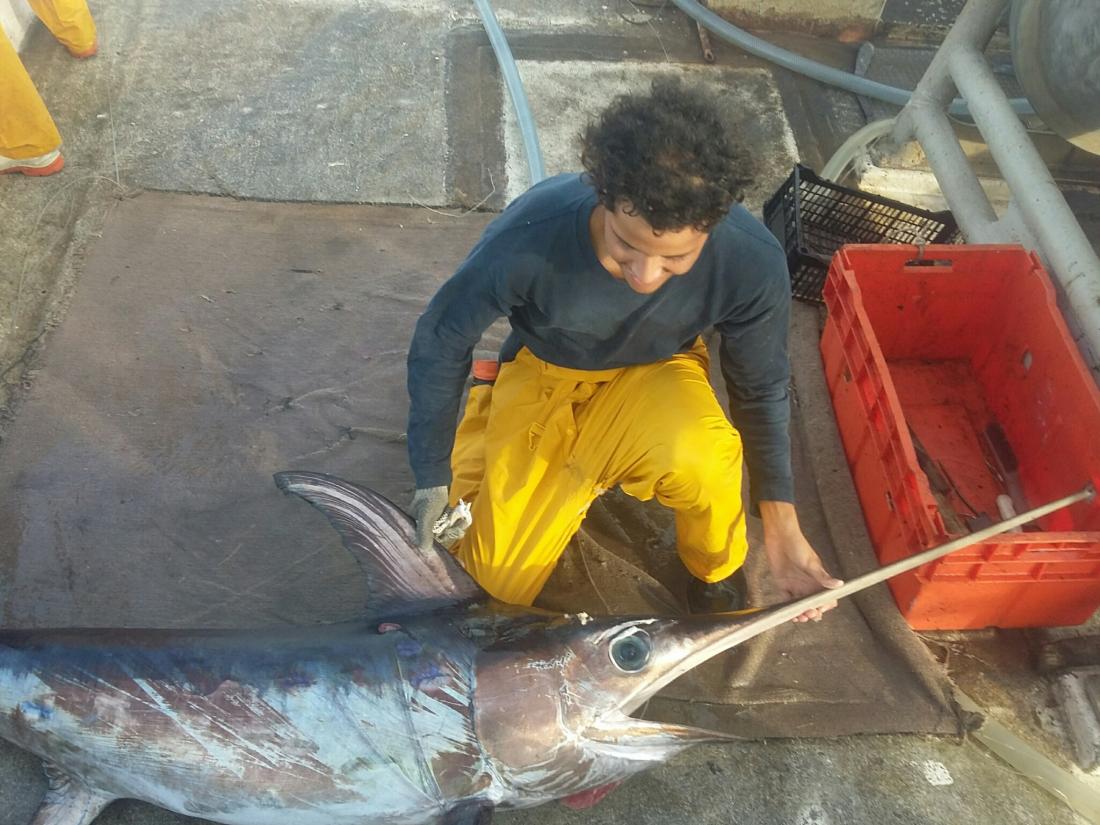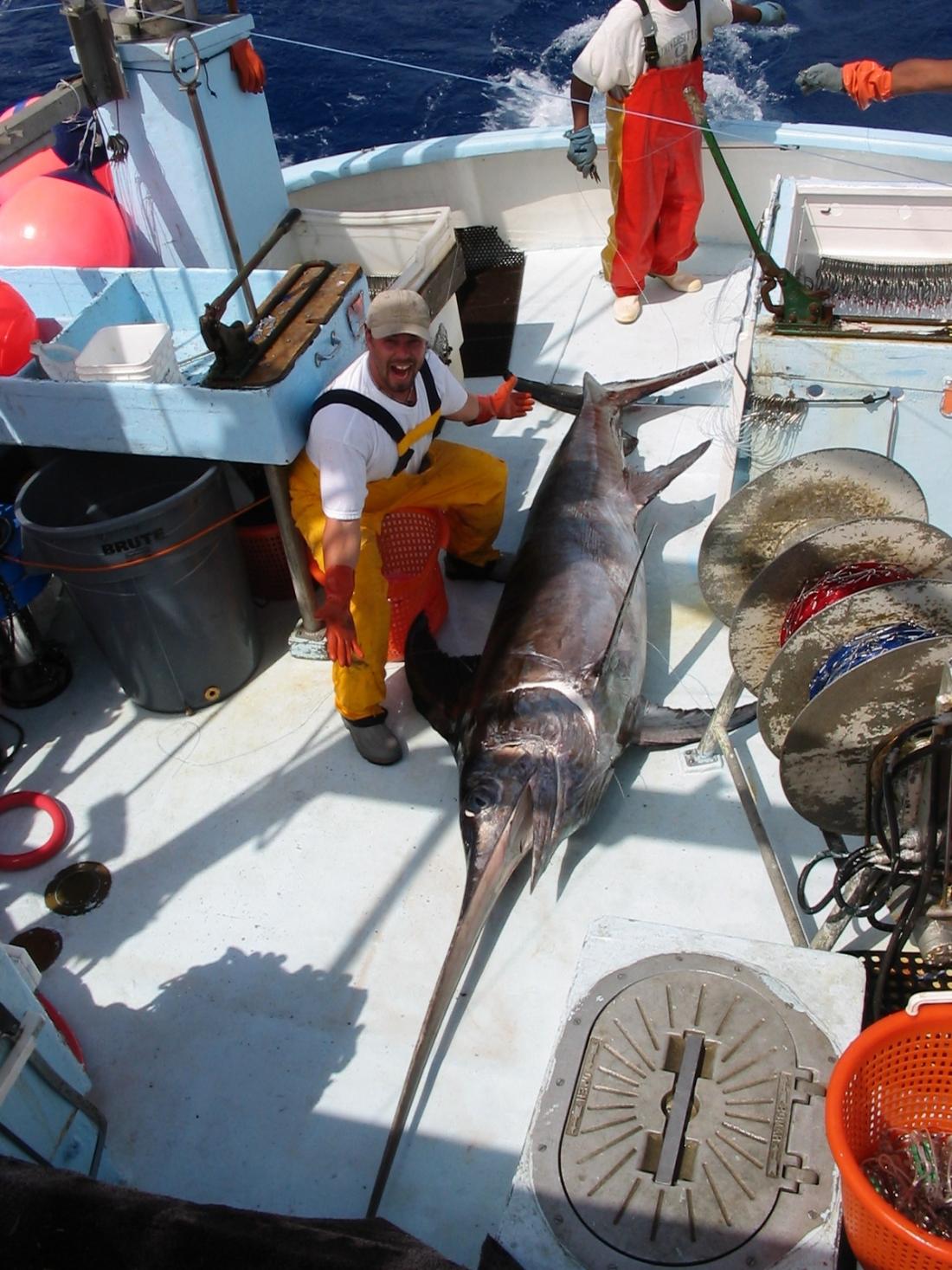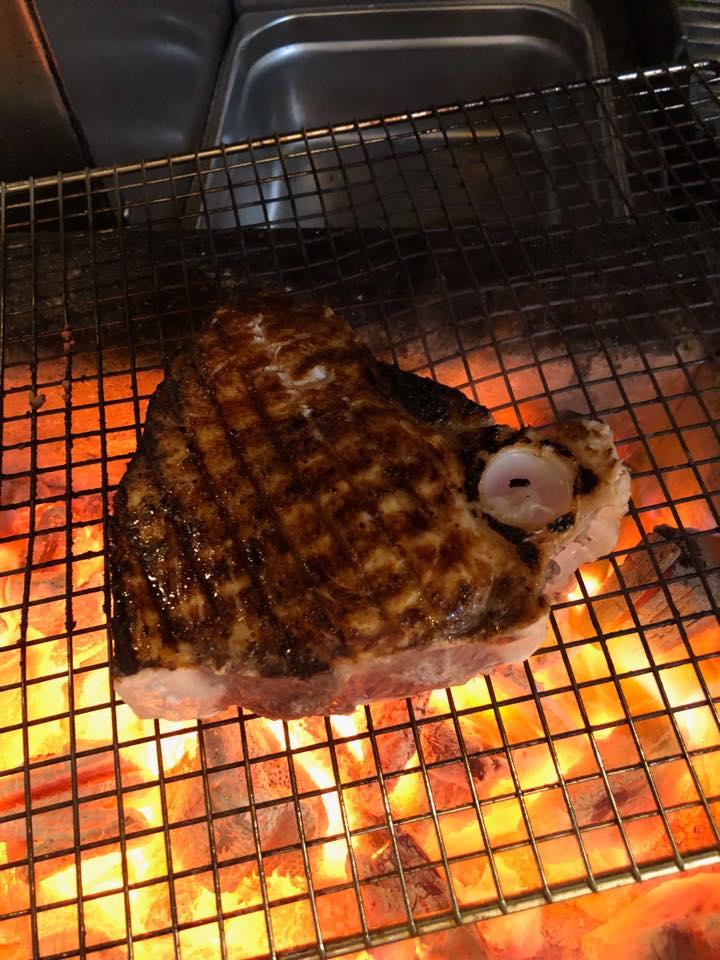Pacific Sardine
Pacific Sardine
Sardinops sagax
The Science
THE SCIENCE
Overcrowded classrooms: The Pacific sardine forms schools of up to 10 million fish!
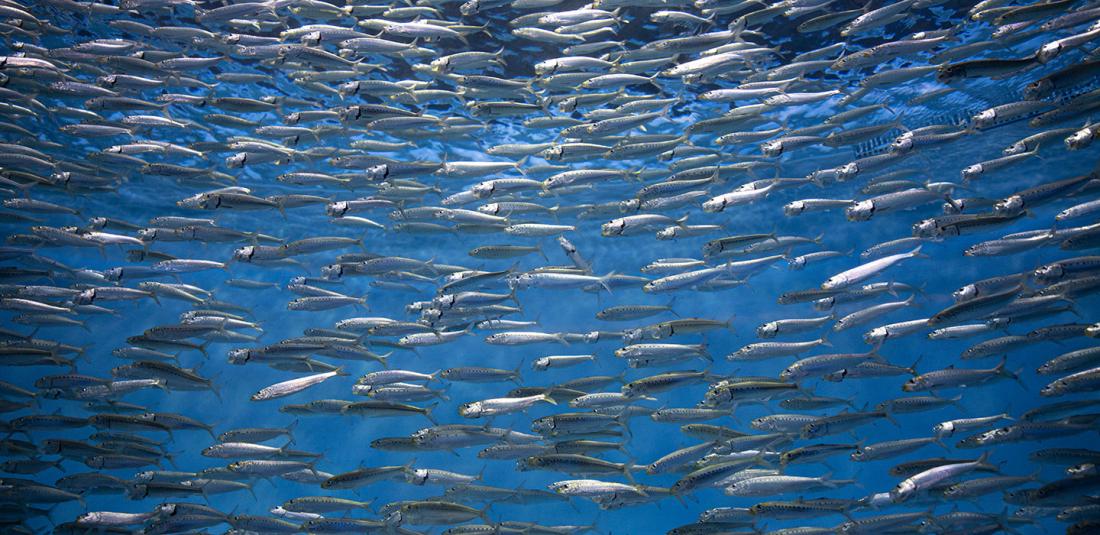
Taxonomic description
- Is a small schooling fish with a silver body and dark spots on its back.
- Can grow to 16” (41 cm) long, but is regularly seen less than 12” (30 cm).
Distribution
- Found worldwide in the subtropical and temperate waters of the Pacific and Indian Oceans and in the Atlantic by South Africa. [2,3]
- Along western North America, it is found from the Gulf of California to southeastern Alaska. [1]
Life history
- Can live as long as 14 years old, however, 90% of the population is younger than 6 years old. [1]
- Matures when smaller and by age 1 during years of low total biomass, and when larger and older (≥2 yrs old) in years of high total biomass. [1]
- Spawning occurs in schools in the upper 50 m (165 ft) of the water column. [1]
- Most spawning occurs between 13°-17° C (55° - 63°F), with shifts northward and lasting for longer periods during warmer conditions.
- Peaks in spawning are April - August in the north, and January – April in southern California.
Habitat
- It is a temperate, coastal pelagic fish (i.e., open water). [1]
- Migratory, and is an important prey item for marine life such as birds and larger pelagic fish. [1]
- Is a filter feeder that feeds on phytoplankton and zooplankton. [2,3]
- At times it has been the most abundant fish species in the California Current. [1]
The Fishery
THE FISHERY
The sardine fishery collapse of the 1950s may not have been solely due to overfishing as was long thought, but also due to climate change and/or natural long-term fluctuations of fish populations.
Seasonal availability
- Fishery is usually open year-round but is closed when the population is estimated to be too low. [4,8]
- Landings fluctuate due to shifting environmental conditions associated with Pacific Decadal Oscillation & changes in sea surface temperature. [5]
Regulatory and managing authority
- Managed federally by the NOAA fisheries and, as established by the Magnuson-Stevens Act, the Pacific Fishery Management Council (PFMC) through the Coastal Pelagic Species Fishery Management Plan (CPSFMP). [4]
- As established by the Marine Life Management Act, the California Fish and Game Commission (CFGC) regulates the fishery in state waters, and the California Department of Fish and Wildlife (CDFW) collects data and helps enforce FMP management rules for this fishery through the Pelagic Fisheries and Ecosystems Program. [1,11]
- The California Wetfish Producers Association combines input from the industry and government entities to inform regulatory and management measures for this fishery. [12]
Gear type
- Round haul gear (purse seines, drum seines, & lampara nets) is used to encircle schools. [1]
- Seines/nets are dragged through the water column, limiting the potential for disrupting the ocean bottom. [5]
Status of the fishery
- The NMFS Fish Stock Sustainability Index classifies the stock as a “4” out of 4, reflecting that the stock has known status, is not overfished or subject to overfishing, & maintains a biomass at or above maximum sustainable yield. [6]
- The Pacific sardine fishery declined and collapsed from the late 1940’s to late 1980’s due to several heavily-debated factors. In 1999 after a moratorium, the fishery was deemed “fully recovered". [1]
- The PFMC sets an overfishing limit, an acceptable biological catch, & an annual catch target. [4]
Potential ecosystem impacts
- Although fishing efforts may catch non-target species, most are sold for human consumption (i.e. Pacific Mackerel); discarded “bycatch” makes up <1% of landings. [5]
- A significant reduction in the amount of forage fish biomass, such as sardines, can disrupt ecosystem functioning given that they transfer plankton into a food source for higher trophic level organisms. [5]
- Sardine biomass is negatively correlated with that of anchovy, which flourish under “warm regime” Pacific Decadal Oscillation conditions. If sardine stocks are low enough, anchovies may fill the vacant ecological niche. [5]
The Seafood
THE SEAFOOD
Sardine is considered one of the healthiest foods in the world!
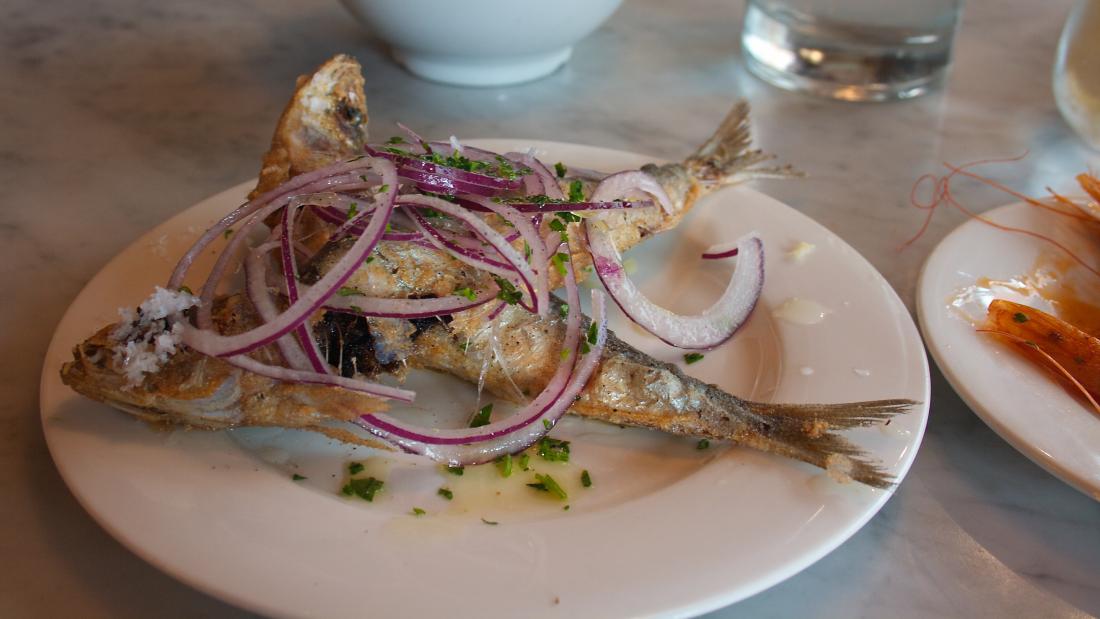

Edible portions
- Sardine may be eaten whole or after scaling and gutting the fish.
Description of meat
- Smaller sardines have a delicate flavor, while the larger ones have an fuller, oilier taste that is similar to (but milder than) anchovies. [9]
Culinary uses
- When buying local, fresh sardines, look for fish with bright eyes, shiny skin, and that are firm to the touch with a fresh smell. [8,9]
- Good advice: never freeze fresh sardines!
- It can be used in numerous delicious, easy dishes, such as ceviche, fish tacos, salsas, tomato sauces for pasta, smoked sardine pâté, and on pizza.
- Simplicity is key! Some easy preparation ideas include marinating the fish in salt, olive oil, & lemon juice, then grill, pan-sear, or broil, and combine with onions, olives & fennel, top with chopped tomato, & rosemary, basil or oregano. [9,10]
Nutritional information
- Fresh (3.5 oz). [7]
- Promotes good cardiovascular health--sardine is rich in omega-3 fatty acids, vitamin B12, EPA, & DHA, which lowers triglyceride & cholesterol levels, and reduces risk of atheroschlerosis. [9,10]
- Sardine is also rich in vitamin D, which aids uptake of calcium and promotes good bone health. [9]
- Is a great, inexpensive source of protein. [9]
Toxicity report
- No known contaminants.
Seasonal availability
- Available fresh year-round. [1,8]
References
[1] Protasio, C. 2011. Pacific sardine, Sardinops sagax. Status of the Fisheries Report 2011. California Dept. Fish & Wildlife. https://nrm.dfg.ca.gov/FileHandler.ashx?DocumentID=65547&inline=true. Accessed 8 Sept 2020.
[2] Monterey Bay Aquarium, Seafood Watch. Pacific Sardine. Web. https://www.seafoodwatch.org/mba/home/animals-and-exhibits/animal-guide/fishes/pacific-sardine. Accessed 8 Sept 2020.
[3] Binohlan, C. B. n.d. Fishbase. Sardinops sagax, South American pilchard. Web. https://www.fishbase.in/Summary/speciesSummary.php?ID=1477&AT=pacific+sardine. Accessed 8 Sept 2020.
[4] Pacific Fishery Management Council. n.d. Background: Coastal Pelagic Species. Web. https://www.pcouncil.org/background-coastal-pelagic-species/. Accessed 8 Sept 2020.
[5] Hislop, K. 2013. Rep. Monterey Bay Aquarium. Seafood Watch: Pacific Sardine Report. Web. https://www.seafoodwatch.org/-/m/sfw/pdf/reports/s/mba_seafoodwatch_pacificsardinereport.pdf. Accessed 8 Sept 2020.
[6] NOAA National Marine Fisheries Service. 2008 Status of the Fisheries. United States Department of Commerce. Web. https://repository.library.noaa.gov/view/noaa/15612. Accessed 8 Sept 2020.
[7] Fat Secret: All things food and diet. 2013. Fresh sardines. www.fatsecret.com/Diary.aspx?pa=fjrd&rid=72915. Accessed 8 Sept 2020.
[8] Fish Watch. 2012. US Seafood Facts, National Oceanographic and Atmospheric Administration. Web. https://www.fishwatch.gov/profiles/pacific-sardine. Accessed 8 Sept 2020.
[9] The World’s Healthiest Foods. 2013. The George Matelijan Foundation. http://www.whfoods.com/genpage.php?tname=foodspice&dbid=147. Accessed 8 Sept 2020.
[10] Peter, S., Chopra, S., & Jacob, J. J. 2013. A fish a day, keeps the cardiologist away! - A review of the effect of omega-3 fatty acids in the cardiovascular system. Indian journal of endocrinology and metabolism, 17(3), 422–429. https://doi.org/10.4103/2230-8210.111630
[11] Overview of the Pelagic Fisheries and Ecosystems Program. n.d. California Department of Fish and Wildlife. Web. https://wildlife.ca.gov/Conservation/Marine/Pelagic#52132542-overview. Accessed 9 December 2020.
[12] California Wetfish Producers Association. 2013. California Wetfish Producers Association. Web. https://californiawetfish.org/. Accessed 2 December 2020.
[13] Brown, D.L. flickr. 2019. Sardinops sagax. Digital image. Web. https://flickr.com/photos/danalbrown/48294639137. Accessed 22 February 2021.
[14] DavidGeen. flickr. 2012. Sardines. Digital image. Web. https://flickr.com/photos/dgeen/6826352046. Accessed 22 February 2021.
[15] Robertson, D.R. Smithsonian Tropical Research Institute (STRI), https://stri.si.edu/scientist/d-ross-robertson




